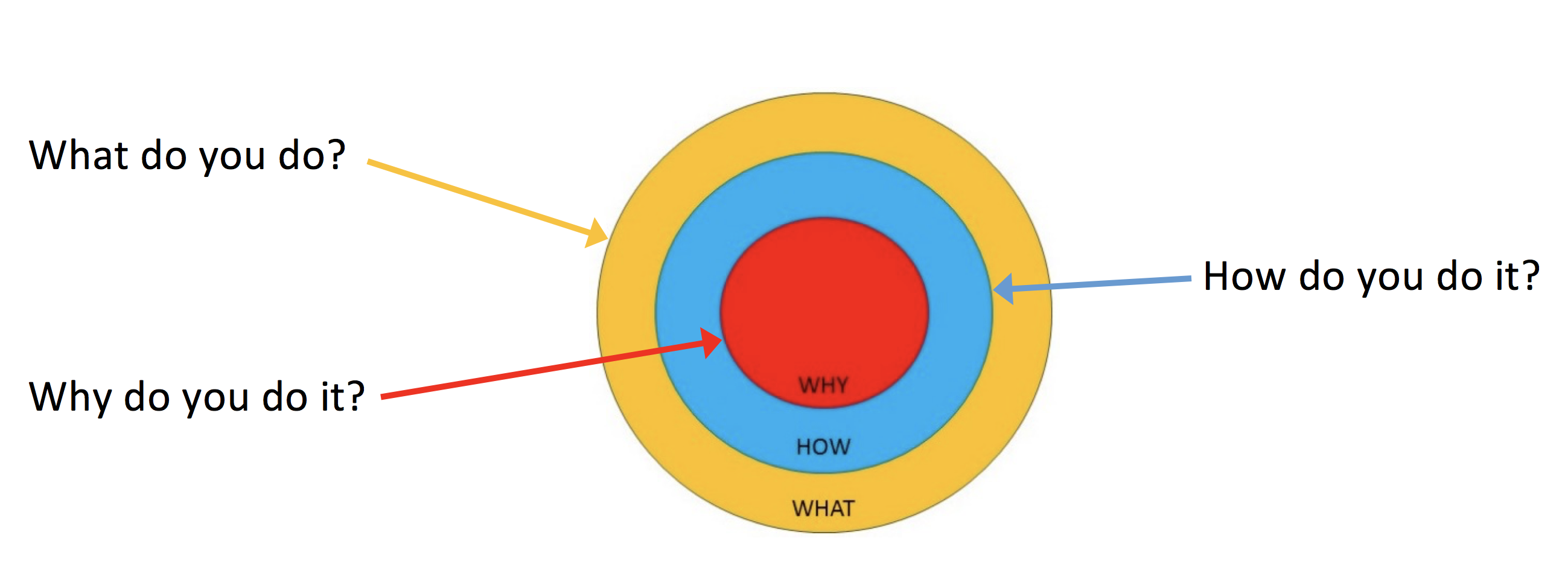Why do you do what you do?
In life, as well as in most professions, understanding why you complete day-to-day tasks can be the difference between success and failure.
In the nursing and the emergency medical response world, providing a medication or a treatment without understanding the “why” creates a dangerous situation for both your patient and yourself. You must understand why your action is necessary, and you must be competent to complete the task correctly. Answering the “why” question can protect a human life as well as your career.
Communication in nursing is best known as therapeutic communication, where you show empathy for the patient’s situation and acknowledge that you understand his or her needs. Providing physical comfort to the best of your ability demonstrates to the patient that you understand his or her needs. Nurses are often met with the question “Why is the doctor giving this to me”? The answer needs to be correct and given on a level that the patient can understand. All of this relates back to the question at hand: “Why do you do what you do”?
I believe that the same ideal holds true in business. Why do you do what you do? What do you believe? What gets you excited? What is your passion?
Management Theorist Simon Sinek developed the golden circle as a way in which to demonstrate business communication as most of the world understands it. Most business communication starts with the “what” and then addresses the “how,” and very rarely does business communication reach the “why.”. Sinek explains that the more successful businesses and leaders reverse the normal flow of communication. According to Mr. Sinek, “All great and successful companies and people communicate opposite of everyone else.” They start with “why.”

Most communication starts with “what.” “What” asks, do you know what you do? One hundred percent of people know what they do. They know what they build, design or sell. Some people even know “how” they do what they do, but “why”—that is a different conversation altogether. Very few people know why they do what they do. “To create a profit” is a result, not an answer to the question of “why.” “Why” addresses the purpose, cause, belief and passion. Why does your organization exist (Sinek 2011)?
When communication is from the outside in (reference the golden ring diagram), we move from what is clear to what is fuzzy—from what we understand most to what we understand the least. Communication that comes from “why” exudes our purposes, beliefs, passions and why we do what we do. This manner of effective communication is fuzzy and unfamiliar at first, but once mastered, it will yield excellent benefits and lifelong rewards in both business and personal relationships.
One very important effect of reversing the order of communication and starting with “why” is that it allows you to associate with people who communicate like you. You can identify people who share your purpose. If you are a hiring manager, do you hire someone who has no idea why he/she does what he/she does (other than to get a paycheck), or do you hire someone who shares your passion and drive? Someone who will prove to be loyal and committed to your philosophy? Someone who understands why he or she does what he or she does? An individual who understands your mission?.
I would like to share a personal true story. I was the nurse manager for a new 20-bed specialty care nursing unit; I had to establish a complete staff before we could accept patients in this unit. I had the pleasure of interviewing many nurses of all backgrounds and skill levels. The nurses who were able to successfully verbalize why they were nurses made the biggest impression. As they spoke of their past experiences, their eyes sparkled. They became excited with the prospect of a new challenge that allowed them to develop new skills and sharpen old ones. They convinced me, by making their passion for nursing visible, that they belonged to this unit. I interviewed many nurses who had no idea why they were nurses other than the usual answers: “My mother is a nurse,” or “It pays well.” One young lady explained without any reservation that the only reason she was a nurse was to marry a doctor. It is safe to say she lacked the passion I was hoping for. As the staff grew, we learned from one another, and because we all understood the “why,” we were a team. We changed the charge nurse role to “the coach,” and each nurse who assumed this role was trained as just that. His or her job was to coach each staff member to perform at peak levels, not to simply be in charge and tell nurses what to do. These coaches already understood the “what,” the “how” and, most importantly, the “why”!
In business, building a team such as the one discussed above is sometimes easy if you are building a team from ground zero. However, if you are coming into an existing team or organization, . sharing your passion, your vision and what gets you excited can be met with mixed reviews. Some will not understand anything beyond getting a paycheck. That is when the real work begins.
Vital Knowledge Group can provide you with insight and give you the tools to sharpen your skills as a leader and coach. Your ultimate goal will be for all members of your organization to answer the “why” question and, most importantly, to be loyal, trusted, productive members of the team. This will build your business beyond your imagination.
Sinek, S. (n.d.). Retrieved from https://www.ted.com: https://www.ted.com/talks/simon_sinek_how_great_leaders_inspire_action?
Sinek, S. (2009, September). https://www.ted.com/talks/simon_sinek_how_great_leaders_inspire_action. Retrieved from https://www.ted.com/talks/simon_sinek_how_great_leaders_inspire_action
Sinek, S. (2010, September). https://www.ted.com/talks/simon_sinek_why_good_leaders_make_you_feel_safe? Retrieved from https://www.ted.com: https://www.ted.com/talks/simon_sinek_why_good_leaders_make_you_feel_safe?autoplay=true
Sinek, S. (2011). Start with Why: How Great Leaders Inspire Everyone to Take Action . Portfolio.

